
| Chemin de Saint Jacques (Le Puy to Les Faux) |
Getting There |
|
|
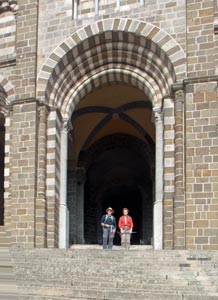 The steps of Notre Dame Cathedral - our pilgrimage starts |
|
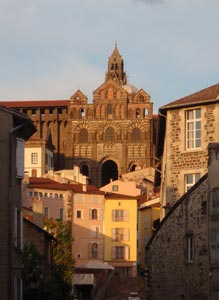 Afternoon light in the streets of Le Puy |
|
||

|
|||
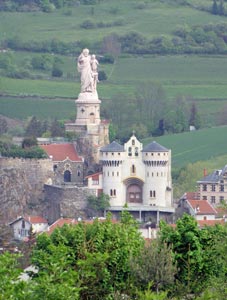 Au revoir Le Puy |
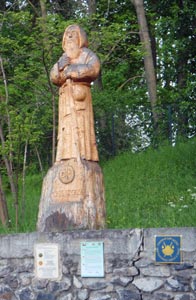 St James watches the walkers setting off |
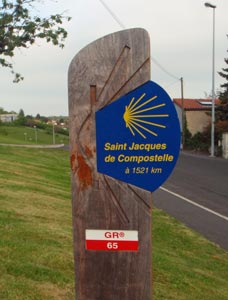 Let the walk begin! |
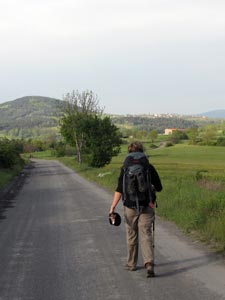 Out in the countryside at last |
|
|
|
|
||
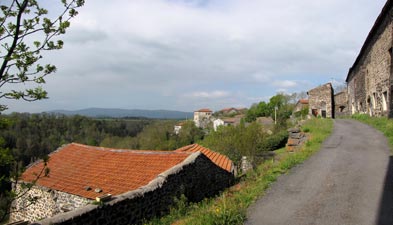 Passing through the village of La Roche |
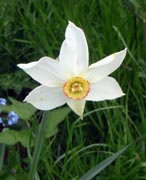 |
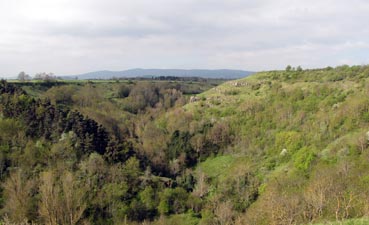 Wooded valley of the Dolaison River |
|
|
|
 Volcanic rock farmhouse in Ramourouscle |
 |
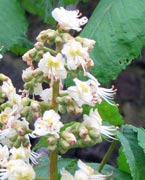 |
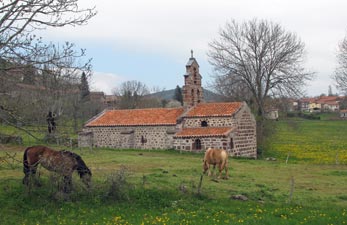 10th century Chapel of St Roch near Montbonnet |
|
|
|
|
|
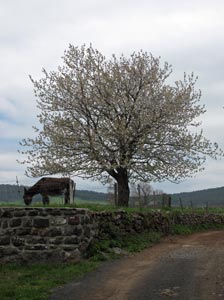 Donkey with blossoms |
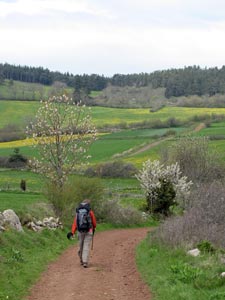 On the road from Montbonnet |
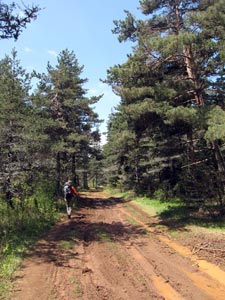 In the spruce forest of La Baraque |
||
|
|
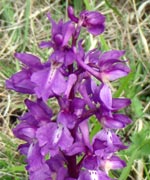 |
 The rural hamlet of Le Chier |
 Sidestream of the Allier |
 St Privat-d'Allier perched on the edge of the Allier Gorge From Le Chier, with cloud regaining the sky, we descended steadily down an earthern road and then rapidly along a narrow winding footpath to reach the town of St Privat d'Allier, in its superb setting across from the forest-covered walls of the Allier Gorge. |
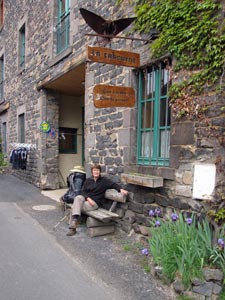 In front of our gîte at St Privat |
|
||
|
|
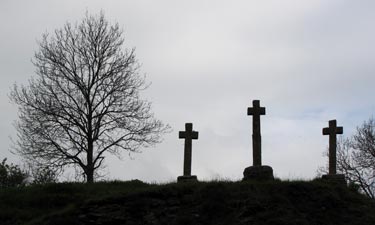 Early morning at the Calvaire above St Privat |
 Parting view over St Privat |
|
|
|
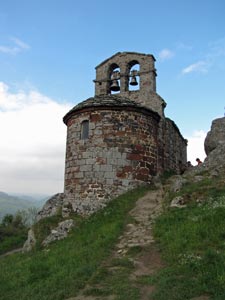 15th century Chapelle St Jacques at Rochegude |
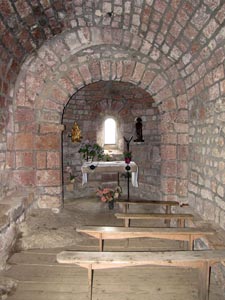 Interior of the chapel |
 Rochegude Tower (all that is left of the castle) |
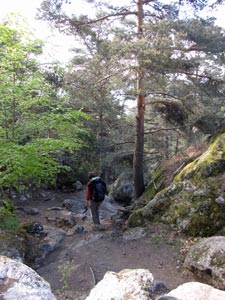 Descent of the spruce-covered spur |
|
|||
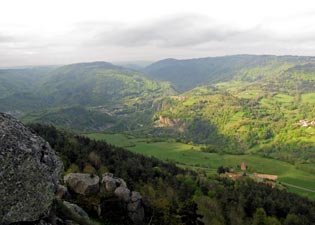 Panorama of the Allier Valley from the Rochegude Tower |
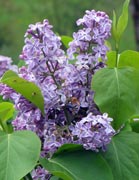 |
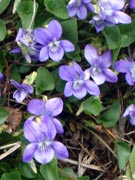 |
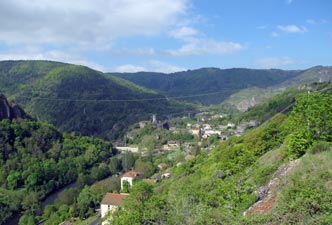 The village of Monistrol d'Allier |
|
||||
|
|
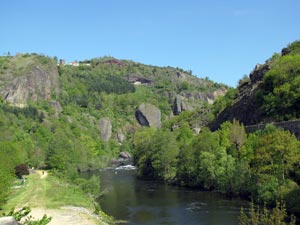 The Allier River at Monistrol Leaving Monistrol, we picked up the Montée de Madeline, a sealed road that took us up steeply beneath the basalt cliffs to the little Chapel de la Madeline, built into a small cave in the overhanging rockface.
|
|
|
|
|
|||
|
|
|
|
||
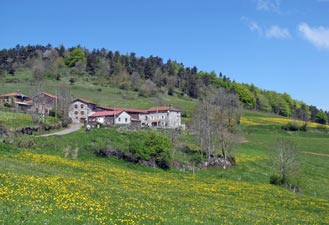 The hamlet of Montaure |
 |
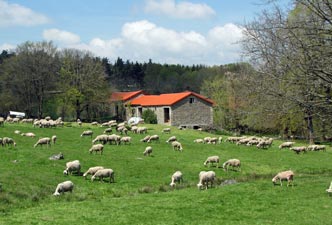 Rural scene on the Gevaudan Plateau |
|
||
 Entering the village of Le Vernet |
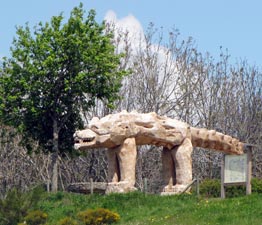 The fearsome Beast of Gevaudan! |
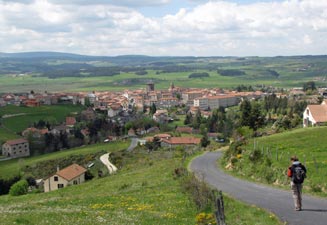 Descent into Saugues |
|
|
|
|
|
|||
|
|
|
 Foggy morning over our gîte |
 The fog begins to lift |
|
|
||||
 |
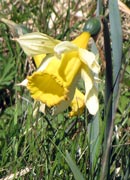 |
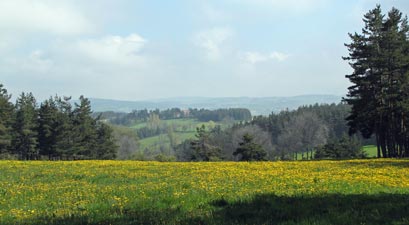 Countryside near Le Pinet |
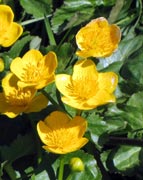 |
 |
 La Seuge Rivulet
|
As we reached La Clauze, we stopped for a brief rest to inspect a 12th century tower perched alone on a large granite block, where once a castle stood. From here the path undulated for several kilometres through a now familiar broad, green French rural landscape of lush lowland pastures and low, forest-topped hills, dotted with a scattering of villages and hamlets - we were in danger of becoming immune to its postcard perfection.
|

Old stone pilgrims' cross
|
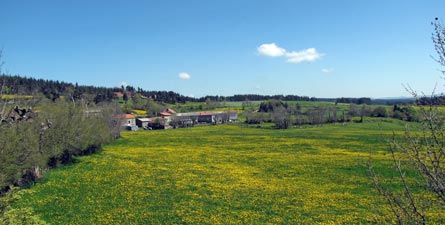 Dandelion-filled meadow at Le Falzet |
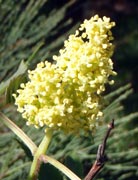 |
 Mare and foal - now that is cute! |
|
||
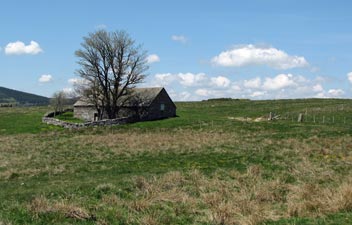 Stone cottage in the Margeride |
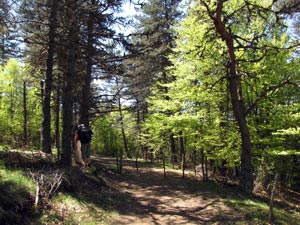 Mixed forest west of Chazeaux |
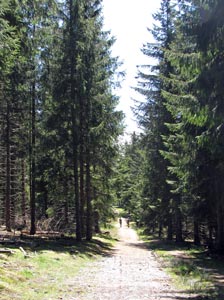 Passing through a pine plantation
|
|
||
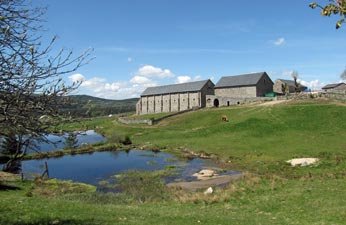 The Domaine du Sauvage - a fortified farm once used by the Knights Templar |
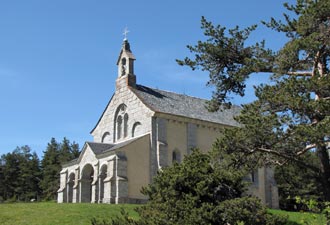 Chapel of St Roch on the border of Lozere |
|
|
From the chapel, the track descended briefly on a rocky path and then a narrow dirt road, before finally we reached the turn-off to the Les Faux, only 900m off the GR65. It was a very long 900m that brought us to peaceful little village of Les Faux and the Oustal Parent, 27 km from Saugues and our home for the night. The terrain had not been difficult, but the long distance had taken its toll and for me it had been the hardest day so far, contrary to our expectations of the morning. It had also been a day of criss-crossing with fellow walkers - French, German, Australian, Quebecqois - gradually passing a bit more than the time of day and getting to know each other better. |
|
|